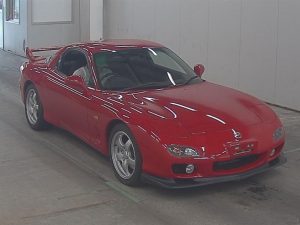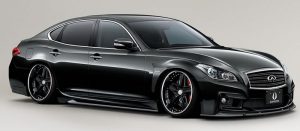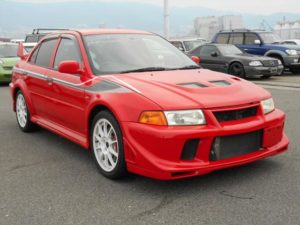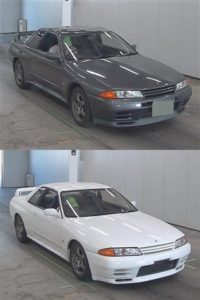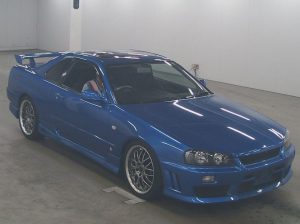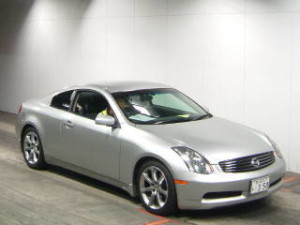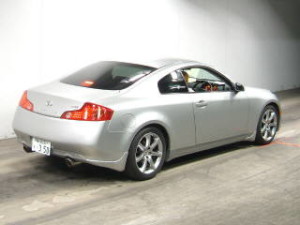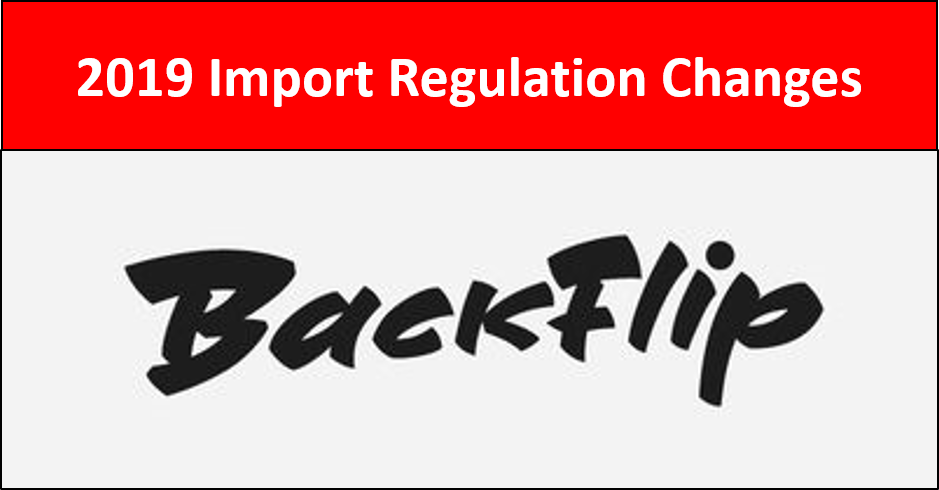
According to today’s Media Release from Minister Paul Fletcher, the 2019 Import Regulation Changes WILL NOT allow the parallel import of new cars.
The Media Release cites “cost and complexity” outweighing “minimal consumer benefit” for this complete backflip on what was proudly announced by the Minister only 18 months ago (and still claimed to be going ahead in comments made to stakeholders in the weeks leading up to the media release).
Govt. concerns for new car import apparently centre around issues of factory recalls and manufacturer warranty – mainly ensuring this information is available to consumers. However, with today’s level of technology, the recording and dissemination of this information is incredibly easy and cheap to manage – not costly or complex as stated.
Existing systems such as NEVDIS and the PPSR could simply be utilised to provide this data to consumers at virtually nil cost. A PPSR check is already mandatory for car dealers and also accessible to anyone buying a secondhand vehicle – it is a user-pays system using vehicle history data from NEVDIS and costs less than $5 per vehicle.
Up to date factory recall information is available online at no cost from all Japanese manufacturers, just by entering the chassis code. This can be checked prior to import and factory recalls addressed either prior to export from Japan, or before first registration in Australia.
Several independent reports commissioned by the Govt. in 2014 and 2015 ALL concluded significant benefits of deregulation for the Australian consumer – almost $2 billion over a 10 year period in one scenario.
So in our opinion, the claims in the media release are simply an excuse for not following through on what was promised and a clear failure of the Govt. to stand up against lobbying from the big end of town who have been ripping off new car buyers for years.
Thanks to this decision they can continue to do so – we see this as a great opportunity lost for all Australians to have a fair and open car market.
The 2019 Import Regulation Changes will “decimate the industry, costing hundreds of jobs”, according to the Australian Imported Motor Vehicle Industry Association (AIMVIA).
Quick Summary of the 2019 Import Regulation Changes (including a number of clarifications we have independently obtained from the Dept. of Infrastructure):
-
Road Vehicles Standards Bill to be introduced to Parliament by the end of 2017 – this will set out the framework for the new regulations
-
New regulations for vehicle imports to be in force by 2019 – structure and operation of the regulations will probably take the best part of the next 12 months to finalise
-
The 25 Year Rule will go ahead – structure and operation still to be decided but at this time expected to operate in a similar way to the current 1988 and older rule (which allows the import of any model – even those sold here new – providing they are of the required age to the month / year and remain substantially as manufactured), one notable difference being that it will be targeted towards genuine enthusiast vehicles (not buses or trucks)
-
Standard people movers (Estima, Delica, Elgrand etc.) still allowed for 2019 and 2020 but no longer eligible for import under SEVS from 1 January 2021 (two-year transition period)
-
Some enthusiast models such as the SZ Supra will no longer be eligible for import under new SEVS performance criteria (power / weight ratio too low)
-
Drop in the requirement for model release to the world market before being eligible for addition to the SEVS list, from 18 months to 3 months
-
Pre-approved Govt. Model Reports will be used – to make compliance “cheaper, easier and more consistent” – operation yet to be determined but catalytic convertors, new tyres and emissions testing may no longer be required for SEVS compliance
-
No compliance quota for workshops
-
Independent Authorised Vehicle Verifiers (AVV) to check all imports to ensure that compliance is done correctly, no structural damage / rust, genuine identity, odometer check – operation and consequences of inspection failure yet to be determined, expressions of interest for AVV’s being sought, inspection cost set by the market
-
AVV Inspection results to be recorded on the National Exchange of Vehicle and Driver Information Services (NEVDIS) and publicly accessible via the PPSR (Personal Property Securities Register)
-
5% import duty to be removed (may apply to selected free-trade countries only – Japan, UK, USA)
